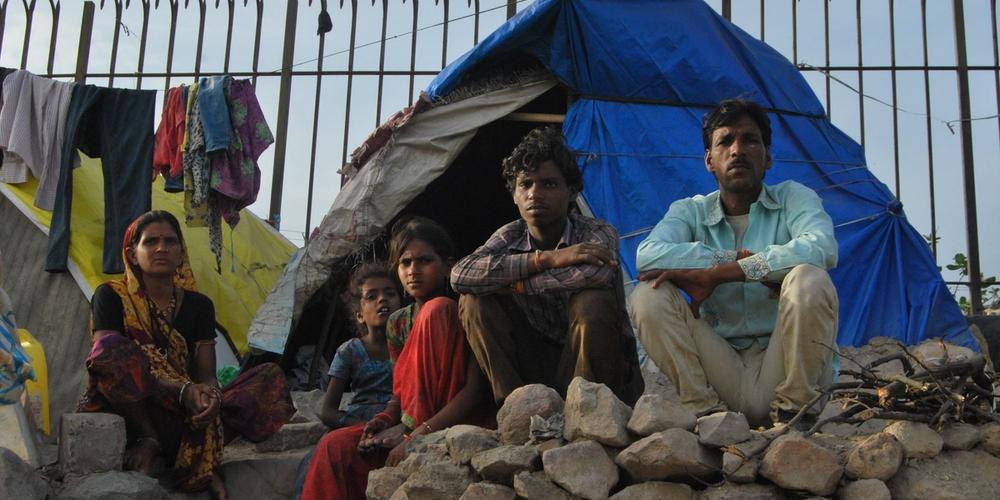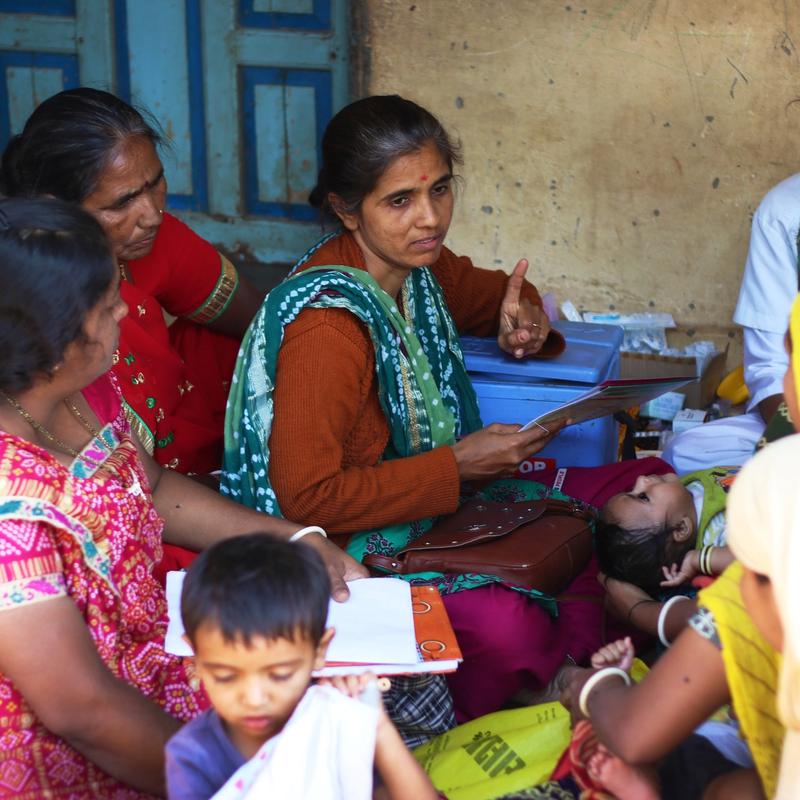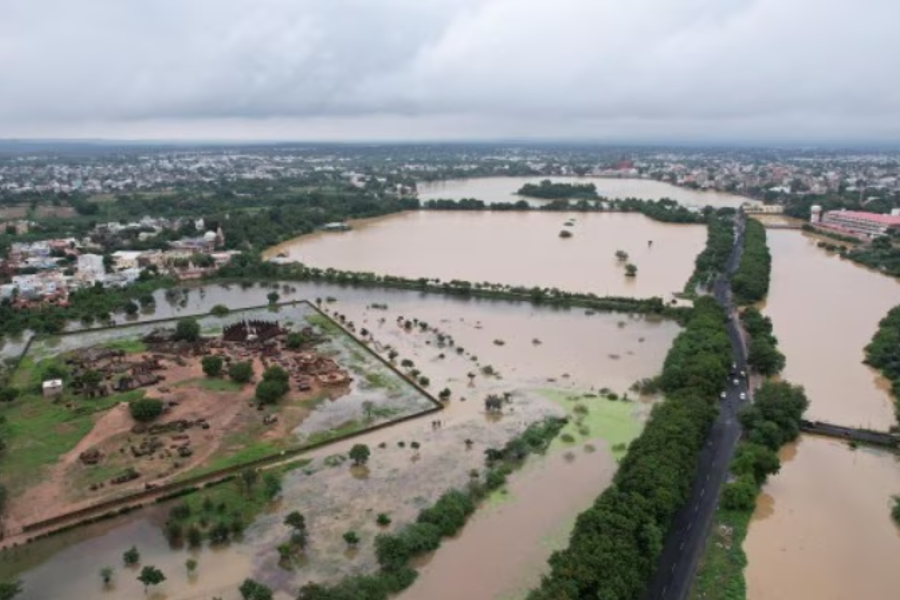We developed housing in peri-urban slums for 314 families and submitted 1500 tenure security applications to the government on behalf of residents.
હોમ્સ ઇન ધ સિટી
અમે શું કરીએ છીએ
અમારાં કાર્યોમાંથી વિષયવાર વધુ જાણો

મહિલા સશક્તિકરણ
અમે વંચિત સમુદાયોની મહિલાઓ અને કિશોરીઓને નેતૃત્વ વિકસાવવા માટે, તેમજ તેમની સુરક્ષા સુનિશ્ચિત કરવા માટે, એક મંચ પ્રદાન કરીએ છીએ.
વધુ વાંચો

વાતાવરણ પરિવર્તન
જળસ્રોતોને સુરક્ષિત કરી શકાય, શહેરમાં વનીકરણ કરી શકાય અને વાતાવરણના પરિવર્તનથી અસરગ્રસ્તોને ટકી રહેવા સક્ષમ બનાવવા માટે અમે લોકોને સાથે જોડીએ છીએ.
વધુ વાંચો

શ્રમિકોની ગરિમા
અમે શહેરમાં પ્રવાસી મજૂરો, યૌનકર્મીઓ, કચરો એકત્રિત કરનાર માટે સમાનતા, ગૌરવ અને માન્યતા સુનિશ્ચિત કરવા સંગઠિત થઈ કાર્ય કરીએ છીએ અને એડવોકસી કરીએ છીએ.
વધુ વાંચો

સહભાગી સાશન
અમે નાગરિક સત્તાઓના વિકેન્દ્રીકરણ દ્વારા લોકોની ભાગીદારી વધારવા અને લોકશાહી મજબૂત બનાવવા માટે કાર્ય કરીએ છીએ.
વધુ વાંચો

હક્ક મેળવવાનો અધિકાર
અમે વંચિત સમુદાયોને સરકારી યોજનાઓની સેવા અને આવાસ યોજનાનો લાભ લેવા માટે સહયોગ આપીએ છીએ.
વધુ વાંચો
વિવિધ માહિતીઓને જોડતા આંકડાઓ
દરેક માપદંડ એક વાર્તા કહે છે
અમારી સાથે જોડાઓ
અર્થપૂર્ણ રીતે અમારા કાર્યમાં જોડાઓ

નવીનતમ અપડેટ્સ અને સંસાધનો
અમે શું નવું કર્યું એ અહી જુઓ

In a first, Bhuj set for ‘Watch Day’ celebrations on Oct 10 | The Indian Express
Earlier this year, Bhuj Historic Water Systems was selected by the World Monuments Fund as one amongst the 25 global sites included on the 2025 World Monuments Watch highlighting the need for its immediate conservation.
વધુ વાંચો

Slum land rights: A necessity for success of PMAY | India Water Portal
વધુ વાંચો

PMAY Fails To Help Gujarat Slum Dwellers | Reality
વધુ વાંચો

Youth engagement for a better city.
વધુ વાંચો

Trees of Bhuj: Using big data to boost urban biodiversity and build a greener, smarter city | India Water Portal
વધુ વાંચો

Civic Planning Game Brings Youth Closer to Governance
વધુ વાંચો





